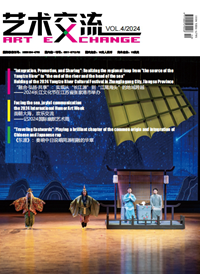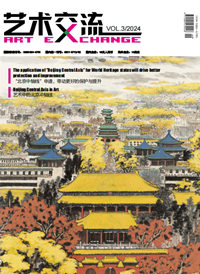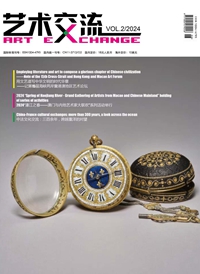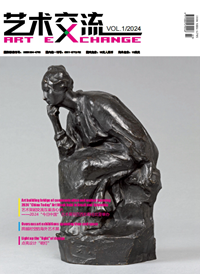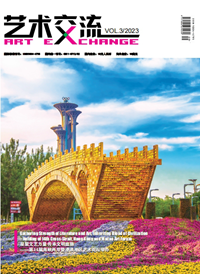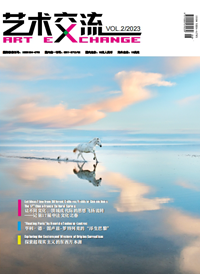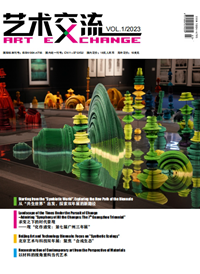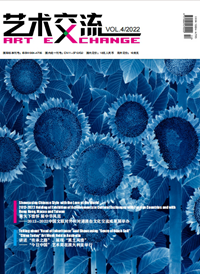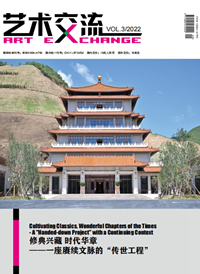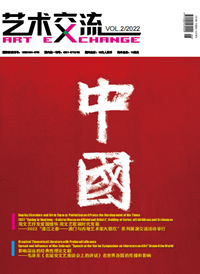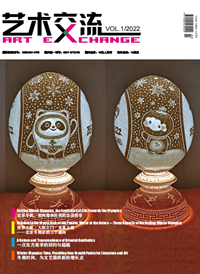For many people, Taiwan fine arts are still a field of vision obscure to their counterpart across the Straits. Zhang Daqian, Pu Xinyu and Huang Junbi, the so-called “three masters across the sea”, are naturally most familiar to the people. With the expansion of art exchange across the Straits in recent years, Liu Guosong and other Taiwan painters are gradually widely recognized. However, generally speaking, Taiwan fine arts still remain quite strange to mainland people.
The 1950s and 1960s were converging period of Taiwan fine arts when modern arts just arose. Many people wrote modern poems, which later made an impact on painting and music. In the 1970s, as Taiwan’s economy well developed, many art galleries came into existence, and Taiwan fine arts entered an art gallery period. In the 1980s, art museum construction gained more attention, and then watchword in Taiwan was that each county should have its own art museum. Consequently, Taiwan fine arts entered an art museum period. Since the 1990s, the exchanges across the Straits have increasingly developed and expanded, and Taiwan fine arts have reached a period of multi-development. The above chronology basically summarizes the course of development of Taiwan fine arts.
As we all know, traditional Chinese realistic paintings characterized by the two main pillars, that is fine brush- work and freehand brushwork. Though fine arts in both mainland and Taiwan are immersed in Chinese traditional culture, each of them has its own characteristic style due to its historical experience in modern time. For example, many people conclude that artists in the mainland attached far more importance to realistic tradition than that in Taiwan while Taiwan artists seem to take the lead in modern exploration, concept and renewal of artistry.
For quite a long period of time the realistic style has become an important feature in fine arts of mainland and especially Xu Beihong School has greatly developed. Shao Dazhen thinks that this should be not viewed as a political purpose in a special period of time but studied from historical perspective. Similar to a fashion of retrospection to the colonial culture and returning to native custom and tradition as soon as Taiwan was recovered, the realistic and positive spirit in fine arts circles in mainland after 1949 was a kind of release in nature from the depression of family separation and national disorder.







